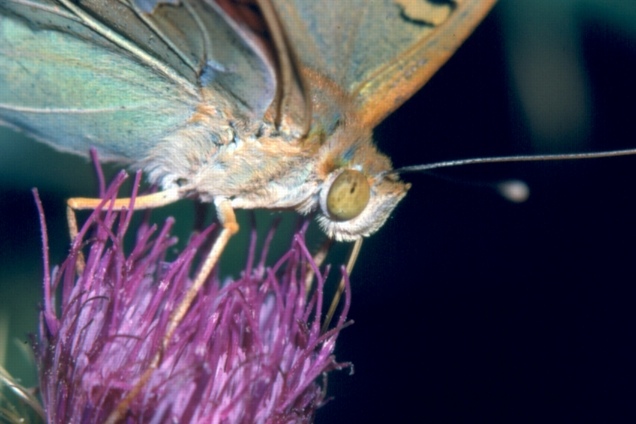Olesen, J.M., Bascompte, J., Dupont, Y., and Jordano, P. 2007. The modularity of pollination networks. In 2nd review, September 2007.
 In natural communities, species and their interactions are often organized as non-random networks, showing distinct and repeated complex patterns. A prevalent, but poorly explored pattern is modularity, with weakly inter-linked groups of species (modules), which, however, internally consist of strongly connected species. The importance of modularity has been discussed since May [RM (1972) Nature 238:413-414] but no consensus on the role of modularity in ecological networks has yet been reached. Progress is hampered by inadequate methods and a lack of datasets. We analyzed 52 pollination networks including 10000 species and 20000 links, and tested for modularity using a new algorithm [Guimerą R, Amaral LAN (2005) Nature 433:895-900]. All networks with more than 150 plant and pollinator species were modular, whereas networks with less than 50 species never were modular. Both module number and size increased with species number. Some networks spanned several habitats, but habitat heterogeneity did not explain modularity. Each module represents one or a few convergent trait sets (pollination syndromes) and thus may be considered a coevolutionary unit with more links among its species than to species in other modules. Species played different roles with respect to modularity. Only 15% of all species were structurally important to their network. They were either hubs (i.e. extremely linked species within their own module), connectors linking different modules or both. If these key species go extinct, modules and networks may break apart and initiate cascades of extinction. Thus species serving as hubs and connectors should receive high conservation priorities.
In natural communities, species and their interactions are often organized as non-random networks, showing distinct and repeated complex patterns. A prevalent, but poorly explored pattern is modularity, with weakly inter-linked groups of species (modules), which, however, internally consist of strongly connected species. The importance of modularity has been discussed since May [RM (1972) Nature 238:413-414] but no consensus on the role of modularity in ecological networks has yet been reached. Progress is hampered by inadequate methods and a lack of datasets. We analyzed 52 pollination networks including 10000 species and 20000 links, and tested for modularity using a new algorithm [Guimerą R, Amaral LAN (2005) Nature 433:895-900]. All networks with more than 150 plant and pollinator species were modular, whereas networks with less than 50 species never were modular. Both module number and size increased with species number. Some networks spanned several habitats, but habitat heterogeneity did not explain modularity. Each module represents one or a few convergent trait sets (pollination syndromes) and thus may be considered a coevolutionary unit with more links among its species than to species in other modules. Species played different roles with respect to modularity. Only 15% of all species were structurally important to their network. They were either hubs (i.e. extremely linked species within their own module), connectors linking different modules or both. If these key species go extinct, modules and networks may break apart and initiate cascades of extinction. Thus species serving as hubs and connectors should receive high conservation priorities.
| Photo: Pandoriana pandora visiting a Cirsium flowerhead. |